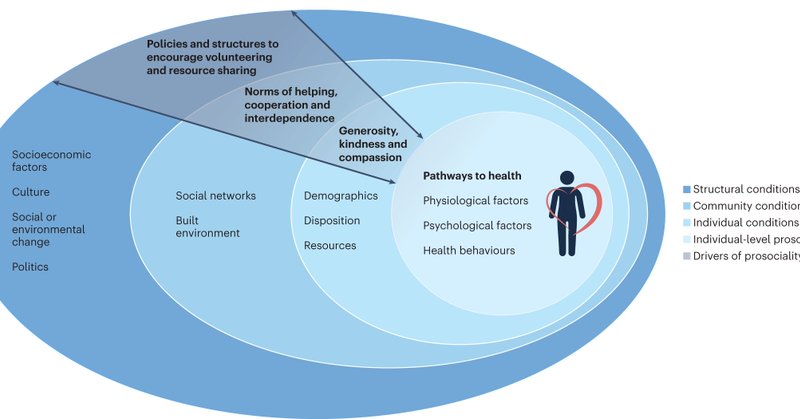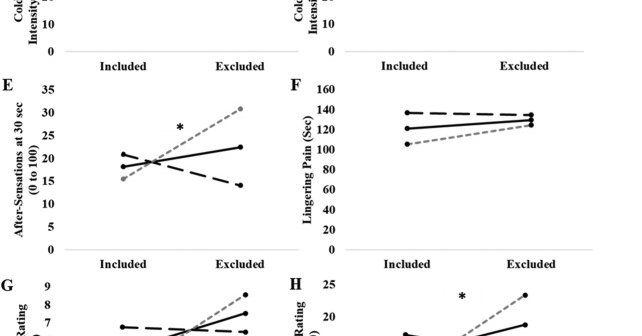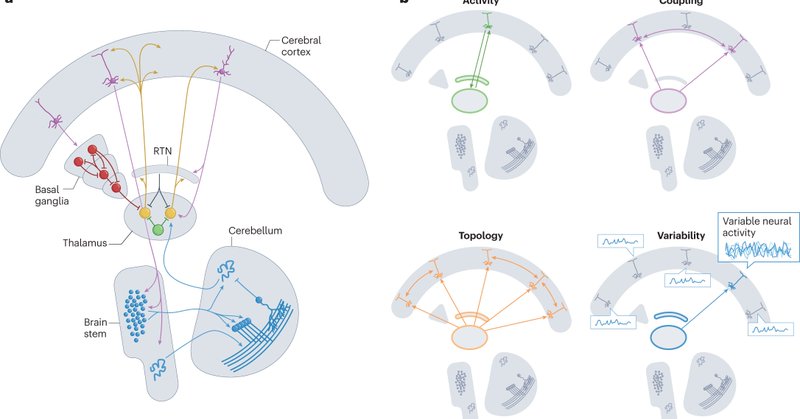
Maria Suñol
@MariaSunol92
Followers
178
Following
581
Media
22
Statuses
245
Neuroscience PhD | Postdoc at @PENLab6 |
Joined December 2020
Thank you so much for the opportunity to share our research @EWB_Hub 🫶✨ Special thanks to my mentors for their guidance along this incredible journey @drbrockbastian @mlopezsola82
Today, Maria (@MariaSunol92) delivered a captivating talk at the hub! Sadly, it's her farewell before heading back to Spain. Thanks for the beautiful hub talk and Wishing you all the best on your journey ahead.
0
0
7
Such a tremendous loss. Frans de Waal showed us that animals are individuals, with their own personalities and interests, who live in society with their own rules, and he did it at a time when many scientists and philosophers were still debating about whether chimpanzees are...
2
40
199
Thrilled to discuss our work on understanding pain in others at the Compassion, Empathy & Prosocial Behaviour symposium during #SASP2023 #ACPID2023 ✨The rest of today’s talks were fascinating! Also, big kudos for the availability of vegan options💚 @SASPoutreach @ACPIDCongress
0
1
15
Our new paper outlines how neuroscience can be used to: (1) study the impact of climate change on the brain (2) identify ways to adapt (3) study the neural substrates of environmental decisions & outcomes (4) create better communication & interventions https://t.co/UKZgWkkQ4K
11
55
222
Today’s talk at @EWB_Hub was a dream come true! Sharing insights on predicting and responding to pain in others alongside researchers I’ve admired for years was truly special. Grateful for the opportunity! ✨
Today at the Ethics and Wellbeing hub, Dr Maria (@MariaSunol92) gave a very interesting and informative talk about predicting and response to pain in humans and animals. Thanks Maria.
1
1
8
“There is nothing either good or bad, but thinking makes it so.” In our new paper, we find that people judge the exact same action very different if they are judging it through a moral, pragmatic or hedonic lens. So be careful which lens you use! https://t.co/It1cnGnHsm
9
59
195
Very impressive! A huge meta-analysis of personality and prosocial behaviour: "770 studies reporting on 3,523 effects of 8 broad and 43 narrow personality traits on prosocial behavior in…economic games…correlations ranged between -.18 ≤ ρ ≤ .26" 👏👏👏 https://t.co/7XRZZPeXw8
0
15
55
Pro-sociality should be a public health priority:
nature.com
Nature Human Behaviour - Hopelessness and despair threaten health and longevity. We urgently need strategies to counteract these effects and improve population health. Prosociality contributes to...
0
54
147
🚨When it comes to pain, social factors MATTER 🔥🔥 Ostracism is associated with depression, suicidality, & PAIN👇🏼👇🏼 People who are ostracized experience ⬆️ pain sensitivity + may be more prone to developing chronic pain 👎🏼 #MedTwitter #MedEd
https://t.co/Yp8a6yk4bG
jpain.org
Ostracism – the experience of “being ignored and excluded, often without … explanation or explicit negative attention,67 pg.429 – is a profoundly negative and emotionally painful experience, yet its...
5
23
68
Children often have stronger moral concerns about eating animals than adults, who generally find it acceptable to farm animals for food. New research suggests this shift in moral attitudes towards eating farmed animals takes off and peaks during adolescence. ⬇️⬇️⬇️
🚨 new pre-print w. @nsfaber exploring differences between adolescents and adults in speciesism
1
5
16
New paper alert 🚨 In this study we investigated the brain processes supporting clinician empathy and how it affects pain, using fMRI hyperscanning 🧠🧠 https://t.co/zwubZNFojV
@VitalyNapadow @grahlarvina @ale_anzolin and others @ the amazing hyperscanning team at @MGHMartinos
pnas.org
Social interactions such as the patient–clinician encounter can influence pain, but the underlying dynamic interbrain processes are unclear. Here, ...
2
39
100
The latest version of FSLeyes https://t.co/Wk5XmBqUPi makes it easier to view effect sizes modulated by statistical significance, as recommended by @afni_pt &co in https://t.co/cAKzdB5IAw Here's a step-by-step illustrated guide to do this with your data.
pubmed.ncbi.nlm.nih.gov
Most neuroimaging studies display results that represent only a tiny fraction of the collected data. While it is conventional to present "only the significant results" to the reader, here we suggest...
Q1. How does data presentation affect how we understand neuroimaging results? Visualization matters for interpretation and comparison *from the start*. Discussed more here: https://t.co/MH8kcYaBXU
6
47
185
📘Multisensory sensitivity differentiates between multiple chronic pain conditions and pain-free individuals 👉La sensibilidad multisensorial distingue entre el dolor crónico múltiple y las personas sin dolor https://t.co/7LcXwWrIzJ
#Dolorcrónico
0
7
10
🔬 New paper from our lab! We've developed a neuroimaging marker for rumination, a typical cognitive pattern in depression. Our findings highlight the significant role of the dmPFC in this process.
4
66
178
The impact of the human thalamus on brain-wide information processing https://t.co/t3puiij4aq
nature.com
Nature Reviews Neuroscience - The thalamus is a subcortical structure that is highly interconnected with various brain regions. In this Perspective, Kai Hwang and colleagues examine the role of the...
1
51
255
Exciting update from our lab: Our latest preprint delves into the brain representations of affective intensity and valence across pain and pleasure.
biorxiv.org
Pleasure and pain are two opposites that compete and influence each other, implying the existence of brain systems that integrate them to generate modality-general affective experiences. Here, we...
Excited to share our work on the brain representations of affective valence and intensity in sustained pleasure and pain! Now available in Biorxiv:
0
5
28




















